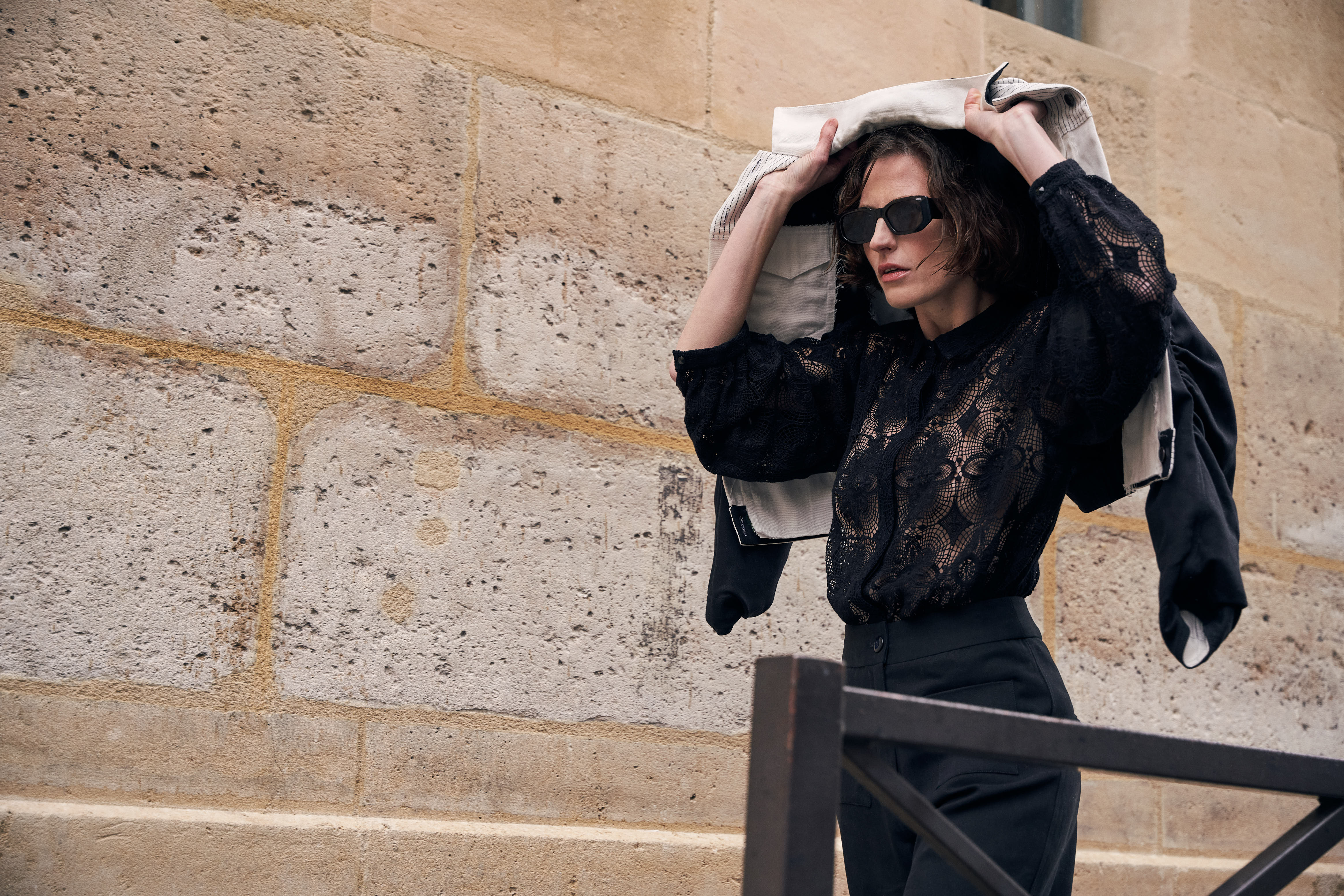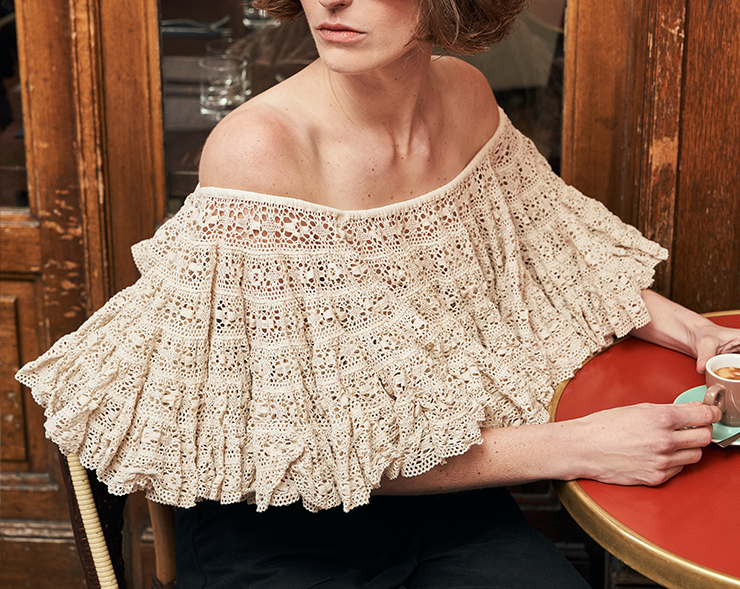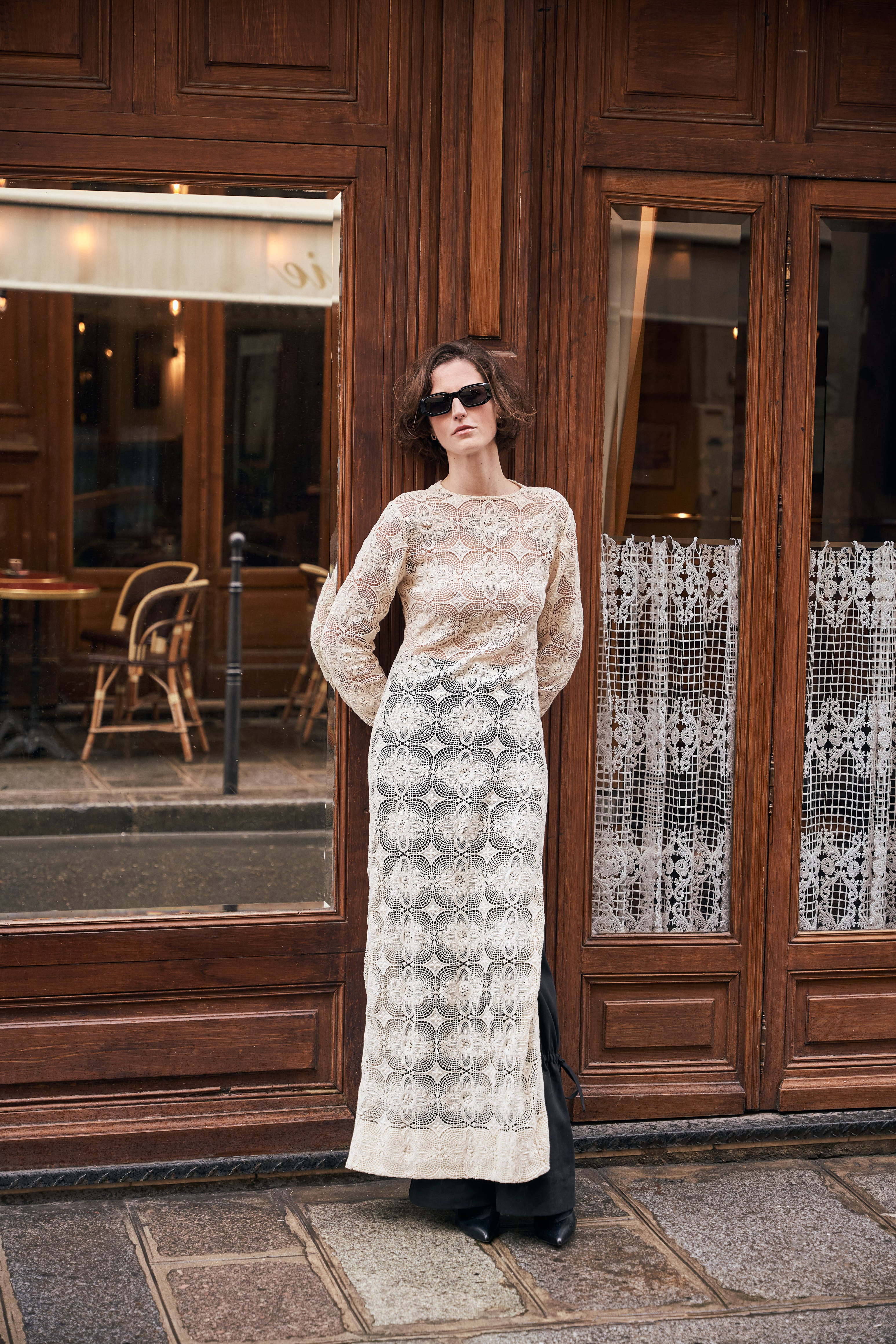
Yoko Ono with Half-A-Room1967 from HALF-A-WIND SHOW, Lisson Gallery, London, 1967. Photo © ClayPerry
As has been the case throughout the history of women in general, and women in art, in particular, Yoko Ono’s work was overshadowed for a long time by the fame of her partner, John Lennon. She was seen by Beatles fans as the woman who broke the Beatles and sat in the studio through the recording of their last songs.
Tate Modern’s brilliant and exhaustive exhibition is finally giving her due to this trailblazer of conceptual art, film, music and also a peace activist. Her work has never been more contemporary and needed. Yoko Ono: Music of the Mind reminds us how profound and influential an artist Ono (born in 1933) was, even before she met John Lennon. Through 200 works, the exhibition retraces seven decades of Ono’s prolific and multidisciplinary career, from the mid-50’s to now.

Yoko Ono and John Lennon during Bed-In for Peace, Amsterdam, 1969. Courtesy YokoOno. Photograph by Ruud Hoff. Image: Getty Images / Central Press / Stringer
The show, organized with Ono’s studio, includes famous works, like Cut Pieces, her 1964 performance where she invited members of the audience to cut pieces of her clothes, or Film No. 4 (bottoms), videos of bare bottoms, which she created as “a petition for peace”. Of course, Music of the Mind includes images of Ono and Lennon’s documentary, Bed Peace, where the couple, in bed, is protesting against the war in Vietnam, answering questions in pyjamas from visitors, known and unknown, coming to their bedroom in Montreal.


Yoko Ono, Sky TV1966/2014. Courtesy the artist. Installation view courtesy of Hirshhorn Museum and SculptureGarden. Photo © Cathy Carver.
With Lennon, Ono was a very prominent activist for peace, demonstrating against the war in Vietnam. She created the iconic poster War is Over (if you want it). Yoko Ono has been a presence in our lives for the past half century, but going through the exhibition one realizes how much her art resonates today, even with viewers not born when she started dating John Lennon.
- Jean-Sébastien Stehli
Yoko Ono, Music of the Mind. Tate Modern. Until September 1, 2024. tate.org.uk






